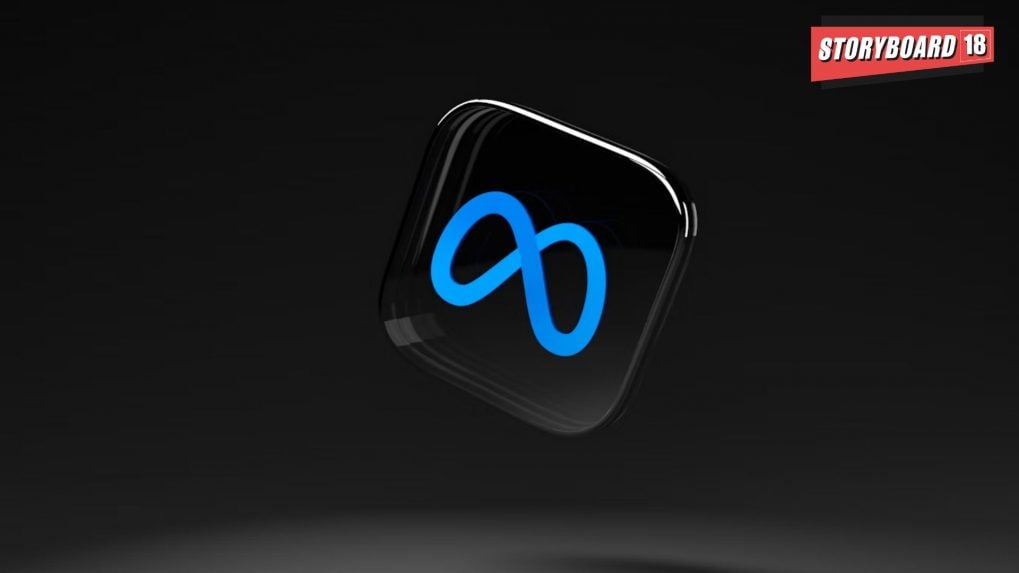Meta launches AI-powered voice translation for creators on Facebook, Instagram
Now live, the feature currently supports English-to-Spanish and Spanish-to-English translations, with additional languages expected in future updates.
ADVERTISEMENT
Meta has begun rolling out its much-anticipated AI-powered voice translation feature to all users on Facebook and Instagram globally, aiming to help creators expand their audiences across linguistic boundaries.
The feature, available wherever Meta AI is offered, allows creators to dub their own content into another language while retaining their unique voice, tone, and style.
Also Read: Advertisers diversifying beyond Google, Meta report up to 214% higher returns: Study
The tool was first previewed at Meta's Connect developer conference last year, when the company announced pilot tests for automatic translations of creator voices in Reels. Now live, the feature currently supports English-to-Spanish and Spanish-to-English translations, with additional languages expected in future updates.
Authentic dubbing with lip-sync support
Meta's voice translation uses AI to recreate the creator's own voice, ensuring that dubbed content sounds natural rather than robotic. An optional lip-sync feature allows translated speech to align with mouth movements, creating a more seamless and authentic viewing experience.
Creators can enable the feature by selecting "Translate your voice with Meta AI" before publishing a reel. They may preview translations and lip syncs before posting, and toggle them off anytime without affecting the original video. Viewers will see a small note confirming the reel has been AI-translated.
Expanding creator tools and insights
The feature is initially limited to Facebook creators with 1,000+ followers and all public Instagram accounts.
Beyond AI dubbing, Facebook creators can also upload up to 20 of their own dubbed audio tracks per reel via the Meta Business Suite, allowing broader audience engagement in non-English or Spanish-speaking regions.
Meta has also introduced a new metric in Insights, showing creators their audience views by language. This will help creators track engagement with international audiences as more language options are added.
For best results, Meta advises creators to record while facing forward, speaking clearly, avoiding background noise, and limiting reels to no more than two speakers.
Also Read: ₹2,000-crore AdEx Black Hole: Meta, Broadcasters stare at RMG ban fallout
Breaking cultural and language barriers
Instagram head Adam Mosseri said the feature aims to give creators access to audiences they may not have reached before. “If we can help you reach those audiences who speak other languages, reach across cultural and linguistic barriers, we can help you grow your following and get more value out of Instagram and the platform,” he explained in an Instagram post.
Also Read: Mark Zuckerberg's AI push leads to fourth internal overhaul for Meta's Superintelligence Labs

